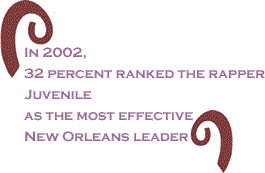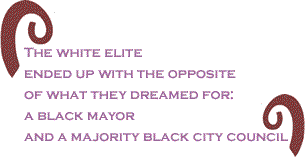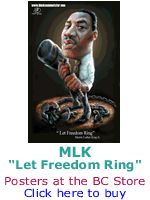
|
|||||||||||||||||||||
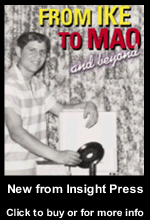 |
|||||||||||||||||||||
 |
|||||||||||||||||||||
 |
|||||||||||||||||||||
 |
|
This article originally appeared in Gulf Coast Reconstruction Watch. I was surprised too. But there were hints along the way. Back in September it was hard to find an African American
who had anything good to say about New Orleans Mayor Ray Nagin.
In early September, New Orleans Rap artist “Juvenile” penned the
song “Get
Ya Hustle On” which was released as an album and video in February
of 2006. The song castigated Nagin as someone that black people
couldn’t trust and his video featured three figures wandering the
devastated Ninth Ward wearing paper masks of George Busch, Dick
Cheney, and Ray Nagin. Three peas in a pod as far as Juvenile was
concerned.
Things began to change in the following months. On April 1, 2006, I attended the rally and march across the Mississippi River Bridge protesting the racist Gretna police blockade of black refugees during the Katrina flooding. As a historian of the civil rights movement, I can say that the 5,000 people who crossed the bridge were taking part in the largest protest in New Orleans history. That fact slipped past the local media
but it was still a harbinger of the growing anger and frustration
that African Americans were feeling. Something else was obvious
at the rally and march. For the first time I noticed public support
for Nagin. His signs and t-shirts were everywhere and the speakers
on the dais, Al Shapton included, appeared to be coalescing around
Nagin as black New Orleans’ last hope.
The public school system had been virtually
closed; thousands of poor blacks were evicted from their homes;
utility companies dragged their feet on reconnecting black neighborhoods
(Ninth Ward residents were only allowed back into their neighborhoods
this month [May]; white “good government” groups fought to deny
building permits in the flooded areas which they hoped to bulldoze
into oblivion; traditional black occupations such as roofers and
painters were given to itinerant Latino laborers; and white neighborhoods
effectively prevented FEMA from bringing in 30,000 trailers for
displaced people, mostly blacks.
As it became obvious that Nagin was
not going to do the bidding of affluent and powerful whites, they
soon abandoned him in search of a real white hope. As the pulled
their money and political support for Nagin, the white elite ended
up pushing the Mayor into the arms of the only section of the electorate
left: the African American voters. Mitch Landrieu had solid liberal
credentials, but asking blacks to place their fates in the hands
of any white man in Louisiana was asking for blind faith. In Nagin
they had a candidate they believed was beholden to them and them
alone. Whether or not their faith is misplaced we will have to see.
But the white elite ended up with the opposite of what they dreamed
for: a black mayor and a majority black city council. We can only
hope they will be more charitable and forgiving than their erstwhile
insurrectionists |
|
| Home | |
Your comments are always welcome. Visit the Contact Us page to send e-Mail or Feedback or Click here to send e-Mail to [email protected] e-Mail re-print notice
If you send us an e-Mail message we may publish all or part of it, unless you tell us it is not for publication. You may also request that we withhold your name. Thank you very much for your readership. |
|
| June 8, 2006 Issue 187 |
||||||||||||||
|
||||||||||||||
|
||||||||||||||
| Printer Friendly Version in resizeable plain text format | ||||||||||||||
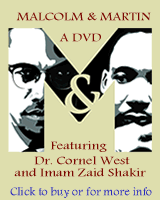 |
||||||||||||||
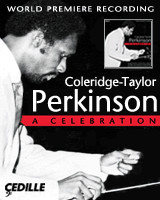 |
||||||||||||||
 |
||||||||||||||
 |
||||||||||||||
| |
||||||||||||||
| |
||||||||||||||






















